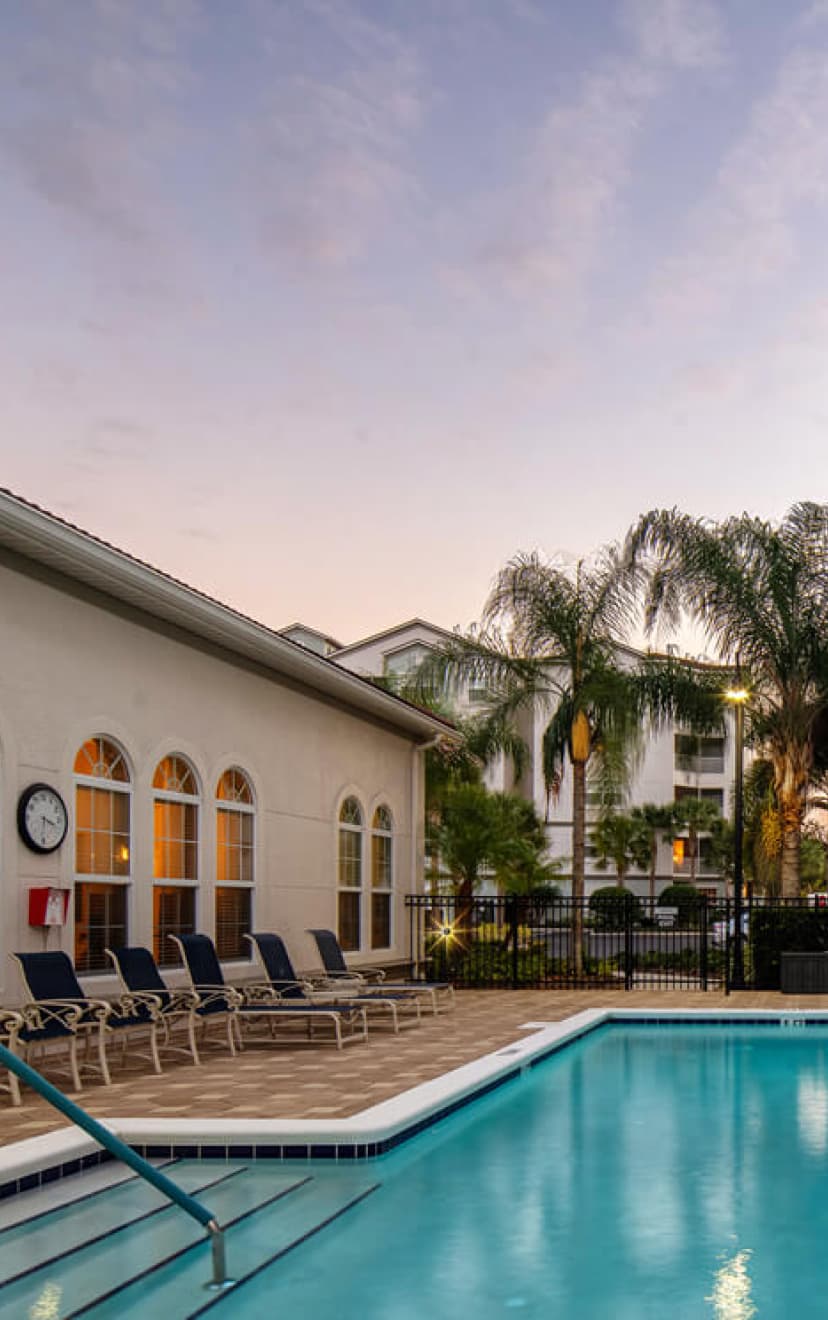Are you considering senior living for yourself or a loved one? You’re not alone. The baby boomer generation is fueling this unprecedented growth of the U.S. senior population, and they’re looking for high-quality senior care and housing.
Depending on your needs and location, Glenworth’s Cost of Care Survey estimates that the monthly cost of senior living is $4,500 for assisted living. The good news is that various sources of funds available to help seniors and their families pay for senior care and housing.
In this article, we’ll discuss the various funding sources that can help alleviate the financial burden of senior care and housing.
5 funding sources for senior care and housing
1. Personal savings and investments
Many seniors have saved for retirement and are financially ready to pay for senior care. Personal savings, pension payments, investments, family contributions, and retirement accounts can help pay for senior care and housing.
2. Insurance
Don’t overlook the insurance options that can cover senior care costs:
- Long-term care insurance: Long-term care insurance can help pay the costs of in-home health care, skilled nursing, and assisted living communities. These policies may also cover the cost of assistance with activities of daily living (ADLs), dementia care, and speech, occupational, and physical therapy costs. Long-term care insurance typically has specific limitations and exclusions, so check your policy carefully.
- Life insurance policy conversion: Although life insurance policies are generally purchased for death benefits, they can cover senior care and senior living costs. You can surrender or cash in your life insurance policy to pay for senior care or a senior living community. Another option is to sell your policy to a third party for the market value, allocating part of the proceeds to pay for long-term care while retaining a portion for death benefits. Speak with your insurance professional or financial advisor to weigh the pros and cons of cashing in a life insurance policy.
3. Selling or renting your home
Selling a large family home and downsizing to a smaller home is a financially savvy way to pay for senior care and housing. If you’re not interested in selling your home, consider renting it out conventionally or as an Airbnb vacation rental.
4. Reverse mortgages
A reverse mortgage is a loan that allows senior homeowners aged 62 or older to borrow money based on the equity in their home. Payment can be made in a lump sum, monthly installments, or as a line of credit. Reverse mortgages have specific rules, can be complicated, and are often the source of scams targeting seniors. Be sure to speak with a financial advisor or work with a reputable bank before considering a reverse mortgage.
5. Veterans benefits
If you’re a wartime veteran or the surviving spouse of one, the VA Aid and Attendance benefit can help pay for senior living costs. This benefit is an additional pension for veterans and their families who need help with activities of daily living such as bathing, dressing, grooming, or feeding.
Wrap-up
Ensuring you have access to and can pay for senior care and high-quality housing is critical for a long and healthy life. By educating yourself on the various funding options available, you can make financially intelligent and informed decisions that suit your needs and financial situation.
Download our Guide to Funding Senior Care and Housing to learn more about the potential sources of funds to help you pay for senior living expenses. Contact the friendly advisors of Allegro Senior Living for more information about senior living and to schedule your tour.








Comments